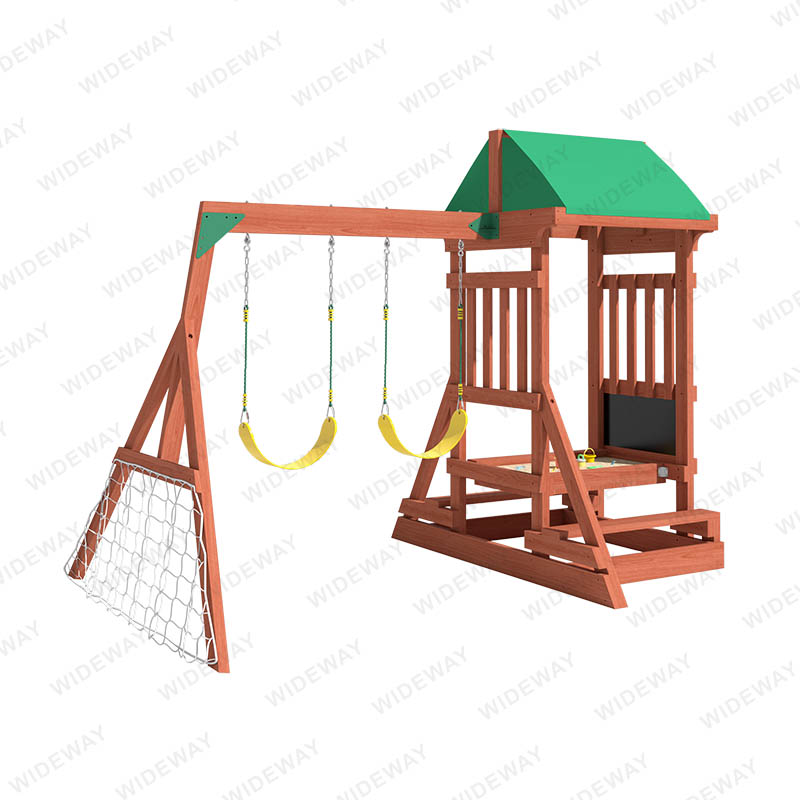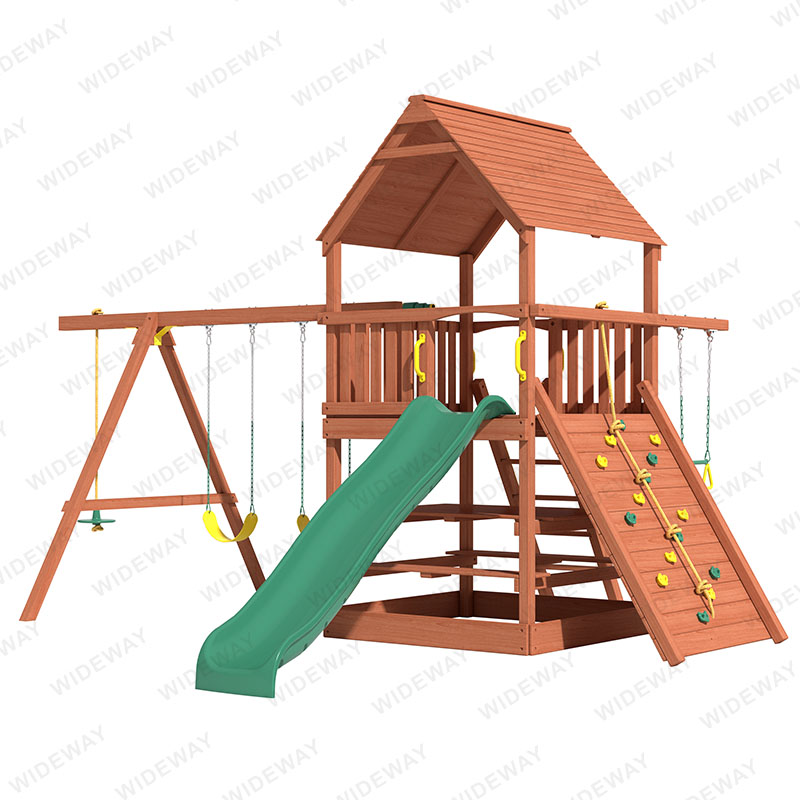Why Are Rock Climbing and Slackline Sports so Good for Health?
2025-04-14With the acceleration of the pace of modern life, people are paying more and more attention to health and wellness. Among many sports, rock climbing and slackline have gradually become popular choices. These two sports can not only exercise the body, but also improve psychological quality, which has significant benefits for health. So, what are the specific effects of rock climbing and slackline on health and wellness? Next, we will explore this issue in depth from multiple angles.
Slackline is usually performed on a flat belt between two fixed points. This sport seems simple, but it is very challenging in practice. It requires practitioners to have strong core control ability, sense of balance and concentration. Because of this, Slackline is regarded by many people as an activity that can both exercise the body and relax the mind.

Rock climbing is a sport with climbing as the main form. It requires participants to use their whole body strength to complete various movements. Slackline is a challenge to oneself by walking on a narrow belt while maintaining balance. Both sports emphasize the importance of body coordination and core strength, and also place high demands on psychological quality.
Rock climbing is mainly divided into two forms: natural rock climbing and artificial rock climbing. Regardless of the form, rock climbing requires good physical strength, flexibility and endurance. In addition, rock climbing also involves certain technical skills, such as grip points, foot support and center of gravity transfer. Mastering these skills not only makes rock climbing more interesting, but also makes it a comprehensive physical training.
Before you start practicing, be sure to be fully prepared. For example, learning basic safety knowledge, wearing appropriate equipment and warm-up exercises are all essential links. In addition, don't rush for success in the initial stage, and you should increase the difficulty step by step to avoid unnecessary injuries. Finally, it is recommended to train under the guidance of a professional coach, which can not only master the skills faster, but also reduce the risk of injury.
First of all, rock climbing and slackline can effectively enhance muscle strength. During rock climbing, the muscles of the arms, back, legs and other parts will be fully exercised; while slackline walking focuses more on the core muscle training of the abdomen and buttocks. Secondly, these two sports can also improve cardiopulmonary function. Since they are both high-intensity intermittent exercises, they can accelerate blood circulation and improve the efficiency of the respiratory system. Finally, long-term persistence in rock climbing or slacklining can also help regulate weight, reduce fat accumulation, and shape a well-proportioned body.
In addition to physical health, rock climbing and slacklining are also beneficial to mental health. When climbing, people need to concentrate on thinking about every step, and this immersive experience helps relieve stress and anxiety. Slackline, because of its high difficulty and high risk characteristics, encourages practitioners to constantly break through their own limits, thereby cultivating stronger self-confidence and stress resistance. At the same time, these two sports also provide opportunities to contact nature, further enhancing people's sense of happiness.
Despite the many advantages of rock climbing and slackline, not everyone is suitable for participating in them. It is crucial to understand your own conditions and take the right measures. Generally speaking, young and physically fit people are more suitable to try rock climbing and slackline. Especially for those who like adventure and seek excitement, these two sports will undoubtedly bring them great satisfaction. However, for the elderly or those with serious chronic diseases, it may be necessary to choose whether to participate carefully.
Rock climbing and slackline training do have a positive impact on health and wellness. They not only strengthen physical functions, but also improve psychological state, and are a recommended form of exercise. Of course, everyone's situation is different, and before deciding to participate, you should fully assess your own situation and follow scientific and reasonable training principles.




